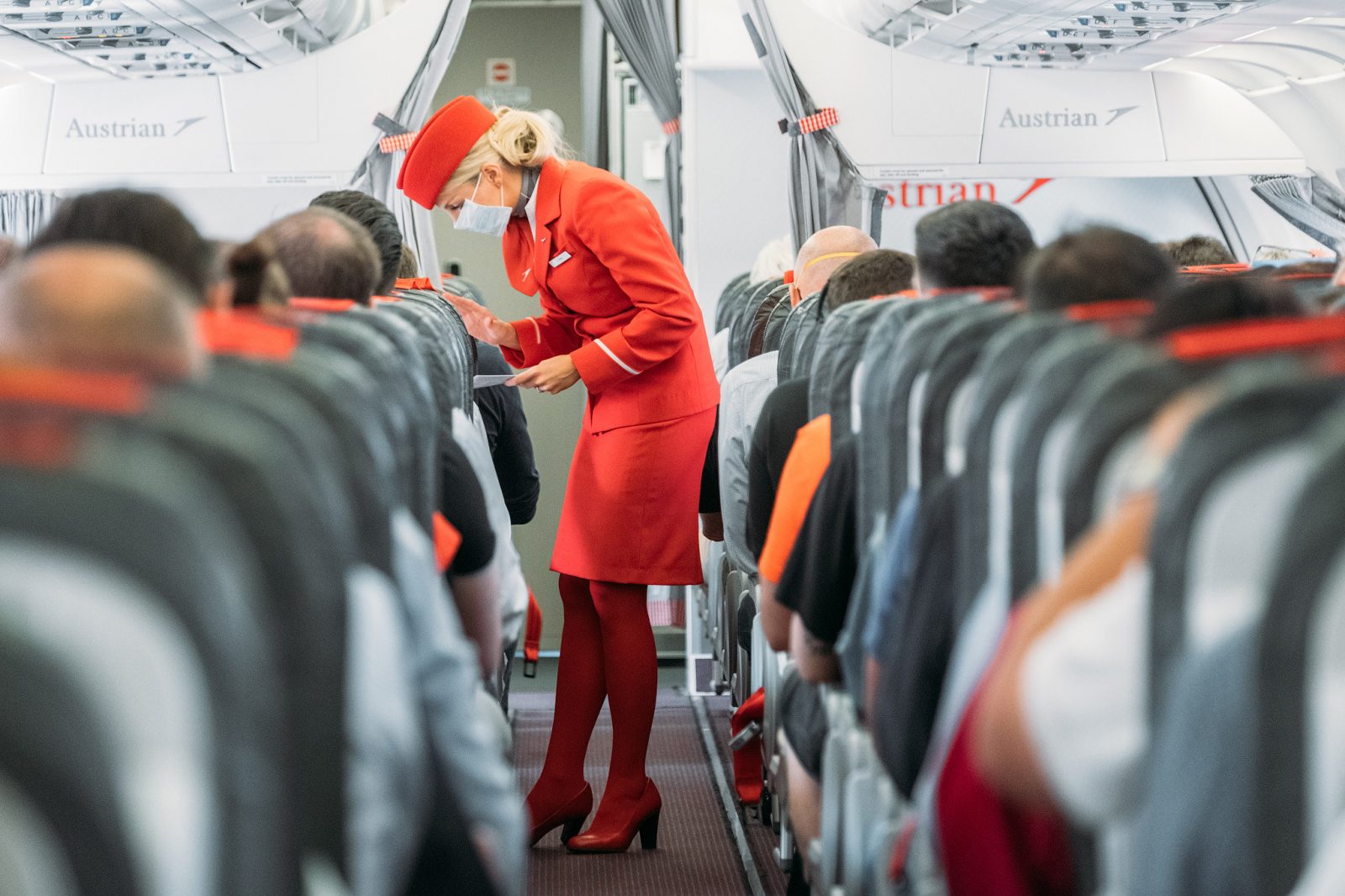
The global airline industry will burn through $77 billion in the second half of 2020, or around $300,000 every single minute, warned the International Air Transport Association (IATA) on Tuesday. The new estimates are far worse than the trade body, which represents around 70 per cent of the world’s airlines, ever imagined as COVID-19 related travel restrictions so no sign of being lifted in many countries.
“The crisis is deeper and longer than any of us could have imagined,” commented IATA director general and chief executive Alexandre de Juniac during a media briefing. de Juniac used the stark statistics to urge governments to bail out the struggling aviation industry with more bailouts on top of the $160 billion already provided at a global level.
And the statistics are stark. More than 4.8 million jobs in the aviation industry are at risk because of a slower than expected recovery, while the wider fallout could see 46 million people left unemployed and as much as $1.8 trillion dollars of economic activity at risk.
In 2021, the situation will only slightly improve. Cash losses are expected to run at between $5 to $6 per month and most airlines might not break even until 2022. A full recovery to anything like pre-COVID levels is unlikely to come until 2024.
The grim predictions come just days after 45,000 U.S. aviation workers were involuntarily furloughed after federal payroll support came to a sudden end. The Association of Flight Attendants (AFA-CWA) believes as many as 100,000 workers have found themselves without work after taking ‘unpaid leave’ in order to avoid permanent job losses.
“The October 1 furloughs were not a notice,” the union which represents flight attendants at 20 airlines, including United, said in a statement on Tuesday. “People woke up Thursday morning without jobs, without paychecks, and without healthcare. They are filing for unemployment as we speak.”
Flight attendants and other airline workers have been pleading with lawmakers to extend the payroll support program for a further six months and at a cost of $32 billion. It’s a huge sum but the cost, they argue, could be a lot higher if the government fails to take action.
Negotiations continue between Speaker of the House, Nancy Pelosi and Treasury Secretary Steven Mnuchin.
IATA claims most airlines have done their best to cut costs. Collectively, costs have been slashed by 50 per cent but a lacklustre summer season will make winter even harder than normal. For Lufthansa, there’s just no end in sight for when the cash burn might stop.
The German flag carrier has already received a €9 billion state bailout but cash burn remains stubbornly high at €500 million per month. The airline hopes to be able to breakeven once seat utilisation reaches just 50 per cent – current estimates for the winter season stands at just 20 per cent.
Lufthansa’s issues are reflected at airlines around the world. Without further help, many more will go bust over the next six months warns IATA’s. Some of those casualties might be expected. Many more are viable airlines that will fail through no fault of their own.
Their demise will be bad news for workers and consumers.
Mateusz Maszczynski honed his skills as an international flight attendant at the most prominent airline in the Middle East and has been flying ever since... most recently for a well known European airline. Matt is passionate about the aviation industry and has become an expert in passenger experience and human-centric stories. Always keeping an ear close to the ground, Matt's industry insights, analysis and news coverage is frequently relied upon by some of the biggest names in journalism.







